
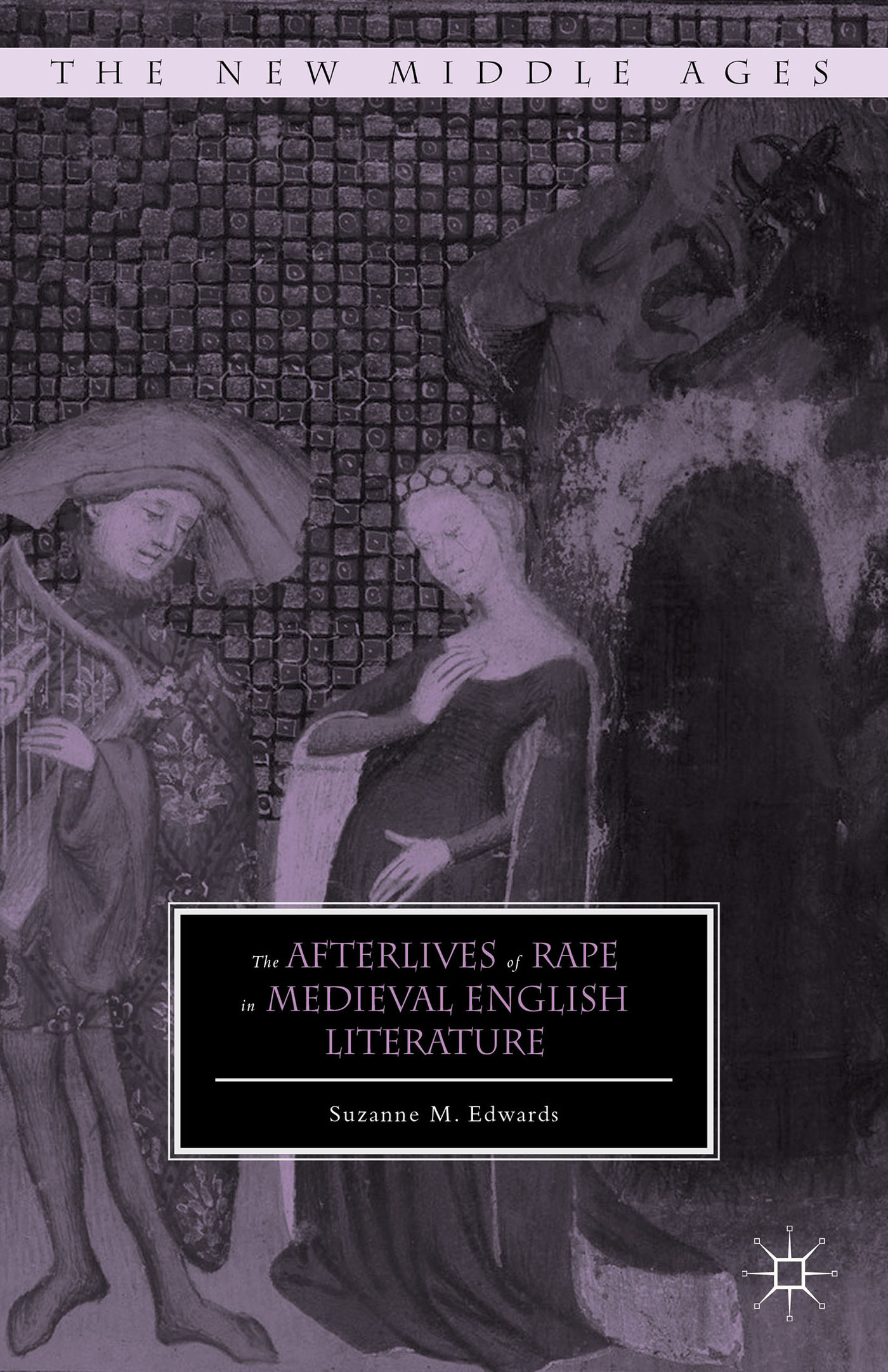

Books in series

Absent Narratives, Manuscript Textuality, and Literary Structure In Late Medieva
2002

The Afterlives of Rape in Medieval English Literature
2016

Allegory and Sexual Ethics in the High Middle Ages
2007

American Chaucers
2007

The Anglo-Scottish Border and the Shaping of Identity, 1300 - 1600
2012

Antimercantilism in Late Medieval English Literature
2010

Battlefronts Real and Imagined
War, Border, and Identity in the Chinese Middle Period
2008

Political Women in the High Middle Ages
Berenguela of Castile and Her Family
2009

Borges the Unacknowledged Medievalist
Old English and Old Norse in His Life and Work
2014

Cannibalism in High Medieval English Literature
2007

Capetian Women
2003

Chaucerian Aesthetics
2008

Chaucer's Jobs
2004

Chaucer's Pardoner and Gender Theory
Bodies of Discourse
2000

Chaucer’s Visions of Manhood
2007

Claustrophilia
The Erotics of Enclosure in Medieval Literature
2007

Communal Discord, Child Abduction, and Rape in the Later Middle Ages
2007

Constructing Chaucer
Author and Autofiction in the Critical Tradition
2009

Contextualizing the Muslim Other in Medieval Christian Discourse
2011

Crafting Jewishness in Medieval England
Legally Absent, Virtually Present
2011

Creating Community With Food and Drink in Merovingian Gaul
2002

Crossing the Bridge
Comparative Essays on Medieval European and Heian Japanese Women Writers
2000

Cultural Diversity in the British Middle Ages
Archipelago, Island, England
2008

Cultural Studies of the Modern Middle Ages
2007

Divine Ventriloquism in Medieval English Literature
Power, Anxiety, Subversion
2011

The Dogaressa of Venice, 1200-1500
Wives and Icons
2006

The Drama of Masculinity and Medieval English Guild Culture
2007
Ecofeminist Subjectivities
Chaucer's Talking Birds
2011

Ecstatic Transformation
On the Uses of Alterity in the Middle Ages
2005

Ekphrastic Medieval Visions
A New Discussion in Interarts Theory
2011

Eloquent Virgins
From Thecla to Joan of Arc
2002

Encountering Medieval Textiles and Dress
Objects, Texts, Images
2003

England and Iberia in the Middle Ages, 12th-15th Century
Cultural, Literary, and Political Exchanges
2007

The Erotics of Consolation
Desire and Distance in the Late Middle Ages
2008

Ethics and Eventfulness in Middle English Literature
2009
![The [European] Other in Medieval Arabic Literature and Culture book cover](https://images-na.ssl-images-amazon.com/images/S/compressed.photo.goodreads.com/books/1349015939i/12730183.jpg)
The [European] Other in Medieval Arabic Literature and Culture
Ninth-Twelfth Century AD
2012

False Fables and Exemplary Truth
Poetics and Reception of Medieval Mode
2005

Finding Saint Francis in Literature and Art
2009

The Flight from Desire
Augustine and Ovid to Chaucer
2006

The Footprints of Michael the Archangel
The Formation and Diffusion of a Saintly Cult, c. 300-c. 800
2013

Gender and Power in Medieval Exegesis
2010

Gender in Debate From the Early Middle Ages to the Renaissance
2002
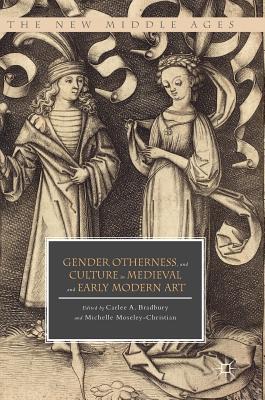
Gender, Otherness, and Culture in Medieval and Early Modern Art
2017
The Grand Inquisitor, A Bishop And The Maid
Joan Of Arc's Nullification Trial And The Reform Of Inquisition
2009

Heloise and the Paraclete
A Twelfth Century Quest
2002

Homoeroticism and Chivalry
Discourses of Male Same-Sex Desire in the 14th Century
2003

Imaginary Worlds in Medieval Books
Exploring the Manuscript Matrix
2007

In the Light of Medieval Spain
Islam, the West, and the Relevance of the Past
2008

The Inner Life of Women in Medieval Romance Literature
Grief, Guilt, and Hypocrisy
2011

Isabel la Católica, Queen of Castile
Critical Essays
2002
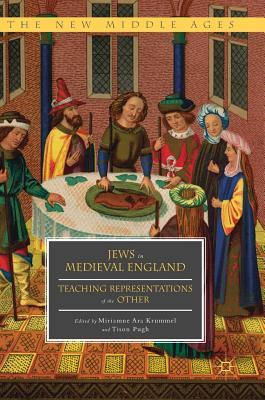
Jews in Medieval England
Teaching Representations of the Other
2017

Joan of Arc and Spirituality
2003

Julian of Norwich's Legacy
Medieval Mysticism and Post-Medieval Reception
2009

The King and the Whore
King Roderick and La Cava
2007

The Laborer's Two Bodies
Literary and Legal Productions in Britain, 1350-1500
2006

Langland's Early Modern Identities
2007

Language as the Site of Revolt in Medieval and Early Modern England
Speaking as a Woman
2011

Late Medieval Jewish Identities
Iberia and Beyond
2010

The Legend of Charlemagne in the Middle Ages
Power, Faith, and Crusade
2008

Listen Daughter
The Speculum Virginum and the Formation of Religious Women in the Middle Ages
2001

Listening to Heloise
The Voice of a Twelfth-Century Woman
2000

The Literary Subversions of Medieval Women
2007

Logic, Theology and Poetry in Boethius, Anselm, Abelard, and Alan of Lille
Words in the Absence of Things
2006

Lonesome Words
The Vocal Poetics of the Old English Lament and the African-American Blues Song
2006

Lydgate Matters
Poetry and Material Culture in the Fifteenth Century
2007

Magnificence and the Sublime in Medieval Aesthetics
Art, Architecture, Literature, Music
2010

Maintenance, Meed, and Marriage in Medieval English Literature
2009

Malory's Morte D'Arthur
Remaking Arthurian Tradition
2002

Manmade Marvels in Medieval Culture and Literature
2007

Margaret Paston’s Piety
2010

Marriage, Property, and Women's Narratives
2012

Medieval and Early Modern Devotional Objects in Global Perspective
Translations of the Sacred
2010

The Medieval Chastity Belt
A Myth-Making Process
2007

Medieval Go-betweens and Chaucer's Pandarus
2006

Medieval Paradigms
2 Volume Set: Essays in Honor of Jeremy duQuesnay Adams
2005

Medieval Paradigms
Volume I: Essays in Honor of Jeremy duQuesnay Adams
2005

Medieval Paradigms
Volume II: Essays in Honor of Jeremy duQuesnay Adams
2005

The Medieval Poetics of the Reliquary
Enshrinement, Inscription, Performance
2008

The Medieval Python
The Purposive and Provocative Work of Terry Jones
2012

Medieval Theology of Work
Peter Damian and the Medieval Religious Renewal Movement
2006
The Medieval Wild Man
2012
Medievalism, Multilingualism, and Chaucer
2009

Memory, Images, and the English Corpus Christi Drama
2008

The Middle Ages At Work
2004

Mindful Spirit in Late Medieval Literature
Essays in Honor of Elizabeth D. Kirk
2006

Motherhood and Mothering in Anglo-Saxon England
2000

Necessary Conjunctions
The Social Self in Medieval England
2005

Odd Bodies and Visible Ends in Medieval Literature
2006

On the Purification of Women
Churching in Northern France, 1100-1500
2006

Outlawry in Medieval Literature
2010

Paradigms and Methods in Early Medieval Studies
2007

Performing Piety
Musical Culture in Medieval English Nunneries
2006

Performing Women in the Middle Ages
Sex, Gender, and the Medieval Iberian Lyric
2005

Perilous Passages
The Book of Margery Kempe, 1534–1934
2013

The Persistence of Medievalism
Narrative Adventures in Public Discourse
2002
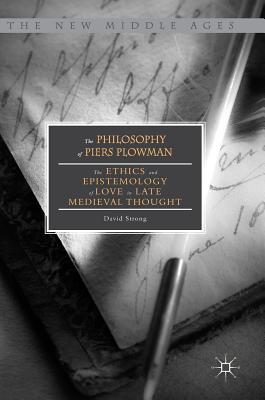
The Philosophy of Piers Plowman
The Ethics and Epistemology of Love in Late Medieval Thought
2017

Portraits of Medieval Women
Family, Marriage and Social Relationships in Thirteenth Century England
2003

The Post-Historical Middle Ages
2009

Queens in Stone and Silver
The Creation of a Visual Imagery of Queenship in Capetian France
2009

Queer Love in the Middle Ages
2005

Race, Class, and Gender in "Medieval" Cinema
2007
Reason and Imagination in Chaucer, the Perle-Poet, and the Cloud-Author
Seeing from the Center
2011

Received Medievalisms
A Cognitive Geography of Viennese Women’s Convents
2013

The Repentant Abelard
2002

Representations of Early Byzantine Empresses
Image and Empire
2002
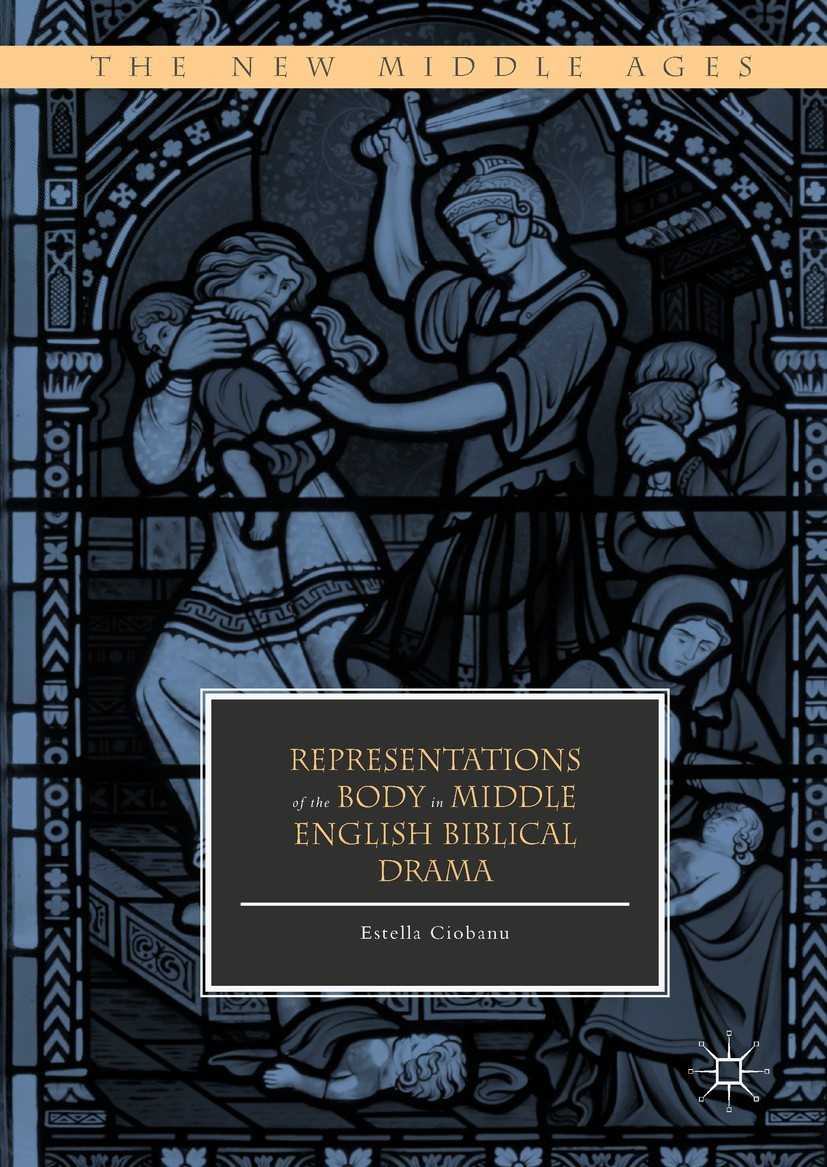
Representations of the Body in Middle English Biblical Drama
2018

Representing Others in Medieval Iberian Literature
2007

Representing Rape in Medieval and Early Modern Literature
2001

Representing Righteous Heathens in Late Medieval England
2005

Robes and Honor
The Medieval World of Investiture
2001

Sacred and Secular in Medieval and Early Modern Cultures
New Essays
2006

Sacred Place in Early Medieval Neoplatonism
2004

Science, the Singular, and the Question of Theology
2002

Sex, Scandal, and Celebrity in Late Eighteenth-Century England
2007

Sex, Scandal, and Sermon in Fourteenth-Century Spain
Juan Ruiz's Libro de Buen Amor
2008

Sexuality and its Queer Discontents in Middle English Literature
2008

Sight and Embodiment in the Middle Ages
2002

Studies in the Medieval Atlantic
2012

The Surgeon in Medieval English Literature
2006

Temporal Circumstances
Form and History in the Canterbury Tales
2006

The Texture of Society
Medieval Women in the Southern Low Countries
2002

Troubled Vision
Gender, Sexuality and Sight in Medieval Text and Image
2004

Understanding Scholastic Thought with Foucault
1999

Vernacular and Latin Literary Discourses of the Muslim Other in Medieval Germany
2011
The Vernacular Mystic Poetry of Islam Spain
Sufi Songs of Andalusia
2008

The Vernacular Spirit
Essays on Medieval Religious Literature
2002

Visual Culture and the German Middle Ages
2005

Visual Power and Fame in René d'Anjou, Geoffrey Chaucer, and the Black Prince
2009

Voices from the Bench
The Narratives of Lesser Folk in Medieval Trials
2006

Was the Bayeux Tapestry Made in France?
The Case for St. Florent of Saumur
2005
Wisdom and Her Lovers in Medieval and Early Modern Hispanic Literature
2008

Women and Disability in Medieval Literature
2010

Women and the Medieval Epic
Gender, Genre, and the Limits of Epic Masculinity
2006

Women and Wealth in Late Medieval Europe
2009

Women, Power, and Religious Patronage in the Middle Ages
2006

Writers of the Reign of Henry II
Twelve Essays
2006
Authors


Dr. George Beech is a Professor Emeritus in the Department of History at Western Michigan University. His research interests are around Medieval Europe, especially 11th and 12th Century France. Ph.D., Johns Hopkins
